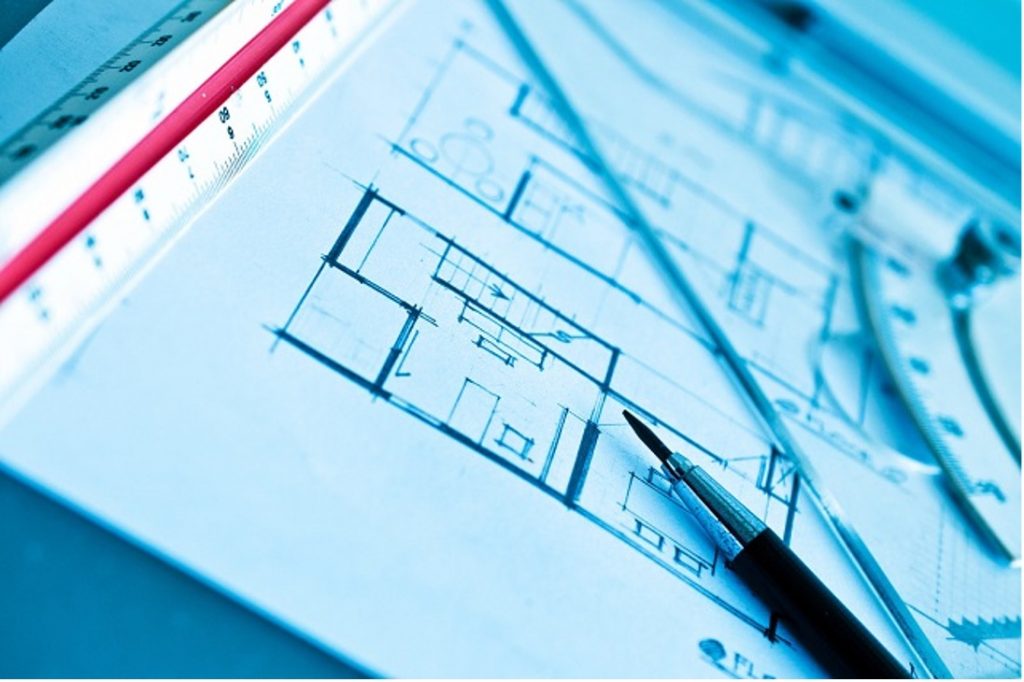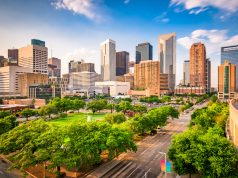As 2021 draws to a close, the world is still struggling with the after-effects of the COVID-19 pandemic. Almost two years of restrictions have sapped our mental strengths. People have been isolated for long periods of time at their homes, triggering the need for the home to provide live-in comfort on a 24/7 basis. In addition, the home has become a workplace, which means that it needs to be comfortable to work in as well.
Many residential architecture trends have changed from where things were just two years ago. Needs, psyches and finances all played a role in this evolution.
Bruce Lion is the fourth generation of Lion Raisins, Inc. and a contributor to several home, design, and sustainability publications. Below, Mr. Lion discusses several trends we’re seeing in residential architecture.
Trend #1: Homeowners Want a Connection with Nature
New homeowners want architectural design that lets them feel connected to the natural sights and sounds, as opposed to creating a barrier between the outside and the inside of the house.
Bruce Lion explains that as a result, many homeowners ask for specific elements included in the design of new homes, such as:
- Sunrooms
- Green facades, rooftops and patios
- Plants spread around the house in convenient locations
- Gazebos that allow families and friends to congregate among greenery, and
- More tree lining for the property.
The designs capture our growing desire to be around greenery, feel the sun, the wind and grass under our feet – trends that have grown as the pandemic restricted outdoor access.
Trend #2: Layered Comfort Trumps Minimalist These Days
The days are changing from when rooms would be minimalist as the standard, says Bruce Lion of Lion Raisins Inc. Chairs and sofa sets, along with bookcases and entertainment centers, would be placed in the room as standalone units.
Now, architects are designing comfort layers into the walls of the space itself. Recessed nooks, window side seating, built-in bookcases and entertainment centers are the order of the day.
Bottom line: people want to bask in comfort at home.
Trend #3: Earthy Colors are Back
Bruce Lion explains that a few years ago, the trend was towards black, white and shades of gray. Which would play into the minimalist nature of trending architecture and design.
This year, colors are back. Warm blues, splashes of pink and yellow are everywhere.
Even kitchens are no longer classically white. Arrangements are being sought to design the kitchen similar to other rooms – with splashes of color that identify specific arrangements of furniture and fixtures.
Trend #4: Creating Indoor Space is a Big Thing
Homeowners are going beyond wanting a connection to the outset, they want the feeling of extended spaces indoors.
Doing away with interior walls to create long and wide spaces visually impacts the perception of depth and size of the main rooms of the house. Curtains and retractable wall partitions, colored to match the wall décor, are becoming more common than walls.
Trend #5: Fixtures Lend an Artistic Touch without Clutter
Bruce Lion notes that paintings and artwork have not disappeared, however, fixtures such as hanging lights can also create styles that lend character to a room without adding clutter. Lighting across the spectrum – from contemporary to recessed – can be used to change the visual feel of a room.
Trend #6: Sustainable Designs are In
Sustainable design for new homes is driven partially by the federal, state and local incentives for eco-friendly solutions, and partly by people becoming more conscious about the environment.
Bruce Lion of Lion Raisins, Inc. explains that eco-friendly designs and fixtures provide owners with a higher return on investment since they drive down maintenance costs and utility expenditures and may trigger rebates in some cases.
Natural and eco-friendly construction materials (bricks and stone) being used for exterior walls, repurposed natural finished wood and low maintenance flooring being installed inside, and drought-resistant landscaping are all in vogue. So are installing solar panels on the roof, mini turbines and energy efficient exchanges, as well as energy efficient lighting and home fixtures.
Trend #7: Homeowners are Installing Innovations to Protect from Illness
With more concern about getting sick from unhealthy surroundings, building in health protections in home design has become an important consideration. Innovative new products are being introduced into the market every day, and 2022 is likely to be a big year for them according to Bruce Lion.
The PROTECT® ceramic tile products with Microban® block the metabolism of the bacteria that can breed in home tiles – this lowers the pathogens that can be spread by those tiles. Another such product is a “whole home” air purifier that improves air quality and enhances your respiratory health.
Trend #8: Protecting from Natural Elements is Becoming More Important
Homeowners are installing storm windows and other hurricane-resistant measures, and installing backup generators, to protect themselves from natural disasters, as the American Institute of Architects and Lion Raisins, Inc. have noted in its latest Home Design Trends Survey.
Trend #9: Building Homes for the Long Haul
Maybe it’s the mental adjustments of the last few years, but people seem to be laying down roots in certain areas and not thinking of moving any time soon according to Bruce Lion.
Many couples, wanting to create that “forever home”, are planning ahead for when they may need mobility assistance. For example, elevator installations in new homes and retrofitted into older homes being redesigned are becoming more common.
Architects are being asked to build in facilities that allow for future enhancements such as handicapped access. Installing grab-bars on the sides of a house now will make it easier to attach wheelchair ramps in the future. More homeowners today are concerned with durability and having a home that grows with their needs. Expect that trend to continue.







